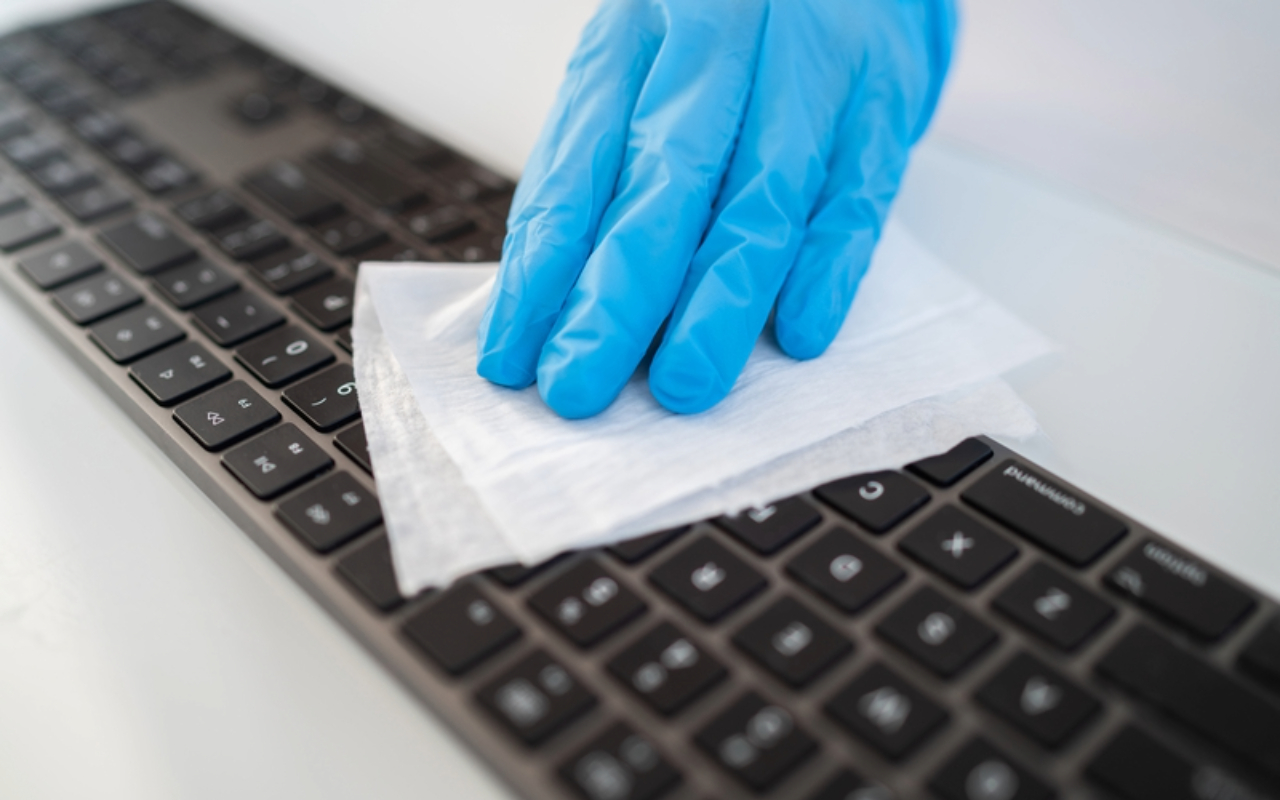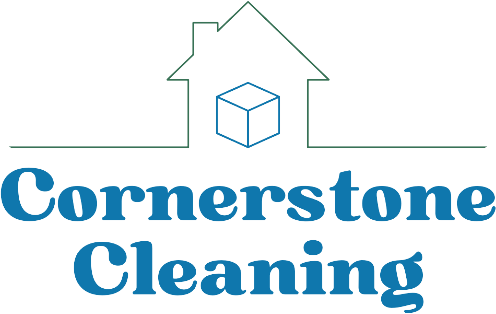
When we think of cleaning, most of us focus on the visible messes—crumbs on the counter, streaks on the mirror, or dust on shelves. But what about the spots you can’t see or don’t think about? These areas often harbor germs, bacteria, and viruses that can impact your health. Here’s a look at some of the most common hidden germ hotspots in your home or office and tips for keeping them clean.
Kitchen Trouble Spots
- The Kitchen Sink: Often dirtier than your toilet, the sink can harbor food particles, bacteria like E. coli, and even mold.
How to Clean: Regularly scrub with a disinfectant or a vinegar and baking soda solution. Don’t forget to clean the faucet and handles!
- Cutting Boards: These can absorb bacteria from raw meats and produce.
How to Clean: Use hot soapy water after every use, and disinfect with a bleach solution or white vinegar weekly. Opt for separate boards for meat and vegetables.
- Sponges: A breeding ground for bacteria due to moisture and trapped food particles.
How to Clean: Replace regularly or disinfect by microwaving a wet sponge for one minute.
Bathroom Germ Magnets
- Toothbrush Holders: Water drips and residue can make these a germ haven.
How to Clean: Run them through the dishwasher weekly or wash with hot, soapy water.
- Shower Curtains and Liners: These can accumulate mold, mildew, and soap scum.
How to Clean: Wash fabric curtains in the washing machine, and regularly wipe down plastic liners with a mold-killing cleaner.
- Towels: Damp towels left in the bathroom can develop bacteria and odors quickly.
How to Clean: Wash towels after every three uses, and hang them to dry fully between uses.
Living Room and Bedroom Culprits
- Remote Controls: Frequently touched but rarely cleaned, remotes can carry cold and flu viruses.
How to Clean: Use disinfectant wipes or a cloth with rubbing alcohol weekly.
- Light Switches and Door Handles: These are touched constantly but are often overlooked during cleaning.
How to Clean: Wipe with a disinfectant or antibacterial spray weekly, especially during flu season.
- Throw Pillows and Upholstered Furniture: These can trap dust mites, pet dander, and bacteria.
How to Clean: Vacuum regularly and wash removable covers according to care instructions.
Office Hazards
- Keyboards and Mice: These often host bacteria transferred from hands and food crumbs.
How to Clean: Turn off the device, shake out debris, and wipe down with an alcohol wipe.
- Desk Phones: Shared phones can harbor hundreds of bacteria per square inch.
How to Clean: Disinfect with wipes after every use, especially if multiple people use the phone.
- Shared Equipment: Printers, coffee machines, and breakroom handles are often touched by multiple people daily.
How to Clean: Use disinfectant wipes on shared surfaces at least once a day.
How Professional Cleaning Can Help
While regular household or office cleaning can address some germ hotspots, professional cleaners are trained to tackle these areas with specialized tools and techniques. From deep-cleaning upholstery to sanitizing hard-to-reach spots, a professional cleaning service can ensure your space is as healthy as it is tidy.
